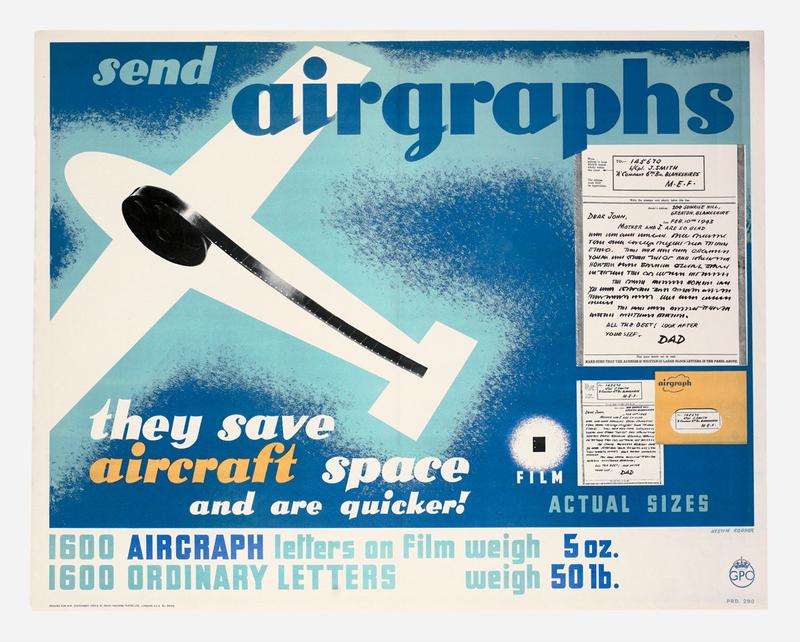Microfilm, Aviation, and Britain’s Transnational Culture of Communication during the Second World War
The ‘airgraph’ was a photographic format in which documents or letters composed on template forms were microfilmed to save airplane cargo space on transnational mail routes. Patented by Eastman Kodak, Imperial Airways, and Pan Am Airways, the system was first deployed on a large scale by Britain during the Second World War. This article examines a series of films, posters, and corporate advertisements that mediated this process for its users, arguing that visual media depicting the airgraph was an essential part of its infrastructure. Representations of the airgraph visualised the intermedial relationships between photography and aviation to shape public confidence in the state’s management of transnational communications. In so doing, the airgraph became a motif that enabled fantasies about what connection, or disconnection, might mean for the British Empire during the Second World War.

Austin Cooper, Envoyez des airgraphs, ils libèrent de l’espace dans l’avion, années 1940, lithographie, 73,4 x 92,9 cm. Londres, Imperial War Museum. © Imperial War Museum, Londres
Emily Doucet is a Social Sciences and Humanities Research Council of Canada Postdoctoral Fellow in the Department of Art History and Communication Studies at McGill University. Recent publications include a co-edited special issue and article in Grey Room.
Keywords: airgraph, aviation, Great Britain, British Empire, microfilm, World War Two
Citation: Emily Doucet, « Les airgraphs comme support médiatique. Microfilm, aviation et culture de la communication transnationale en Grande-Bretagne lors de la Seconde Guerre mondiale », Transbordeur. Photographie histoire société, no. 7, 2023, pp. 160-173.